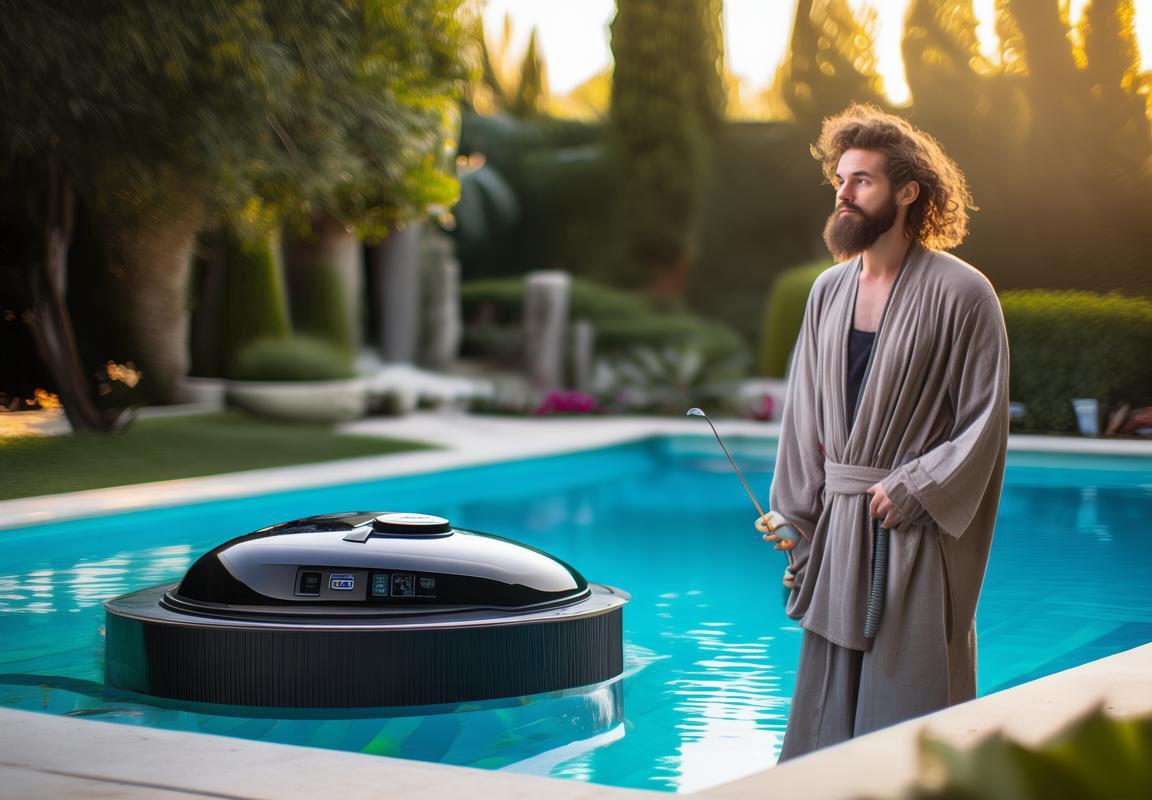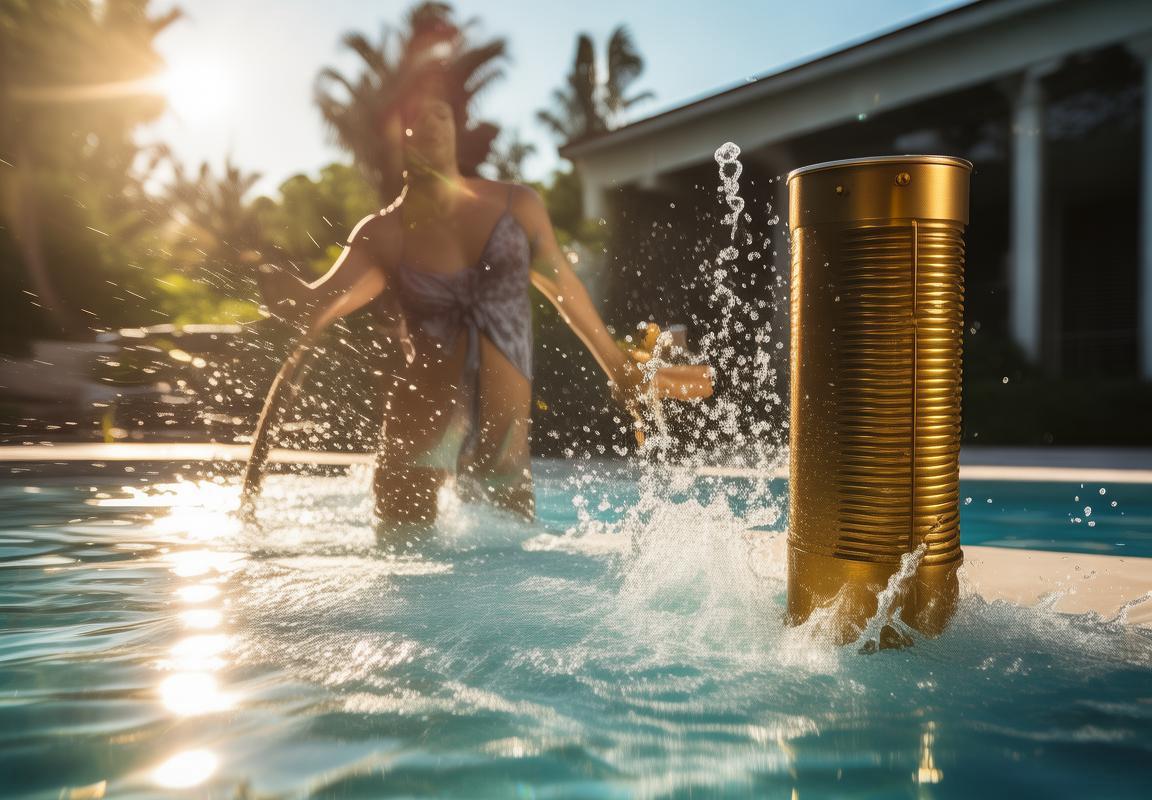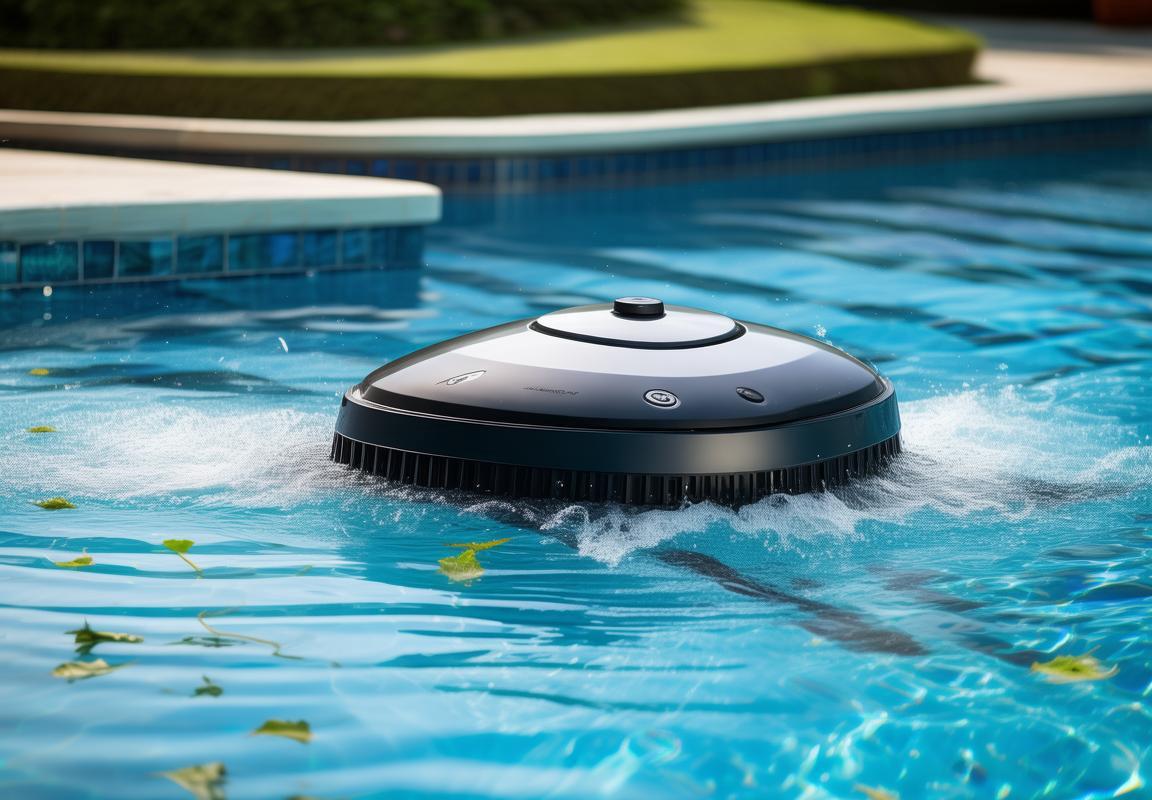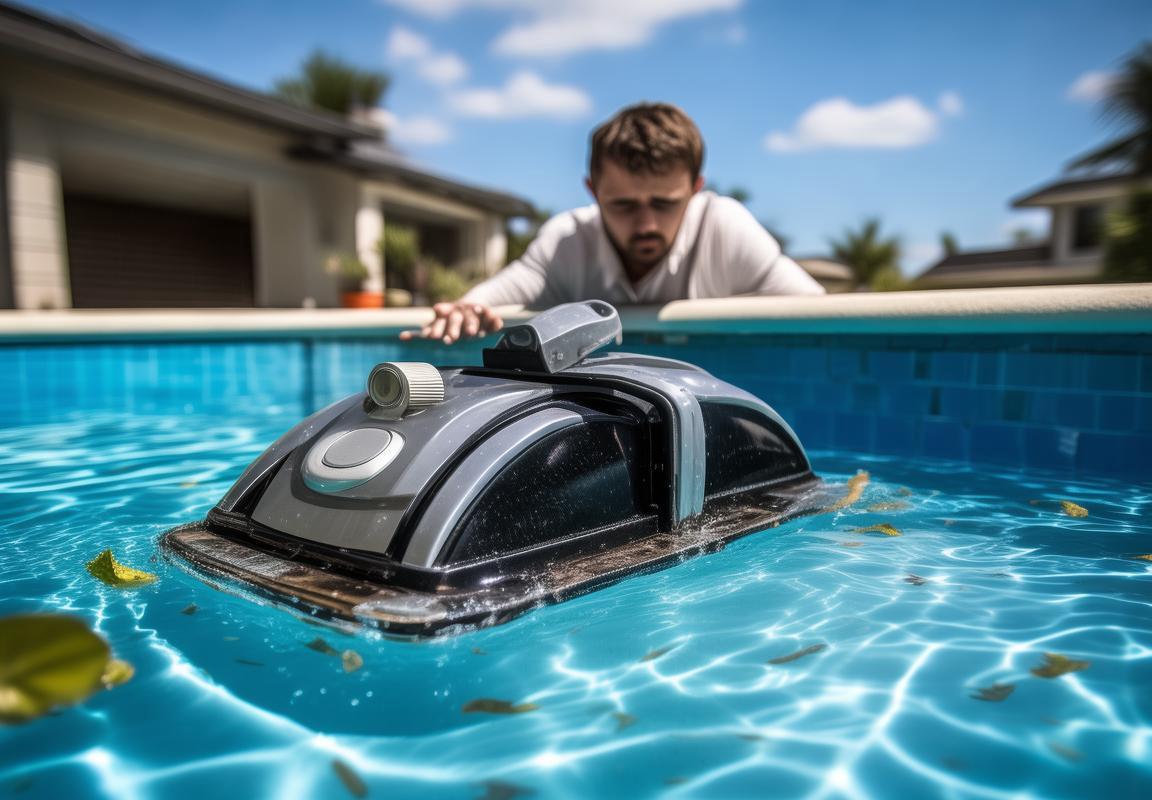Booster Pump for Pool Cleaner: Do You Really Need One for a Cleaner Pool? (Spoiler: Maybe Not
Not every pool cleaner requires a booster pump—adding one unnecessarily is like turbocharging a golf cart. Pressure-side cleaners (e.g., Polaris) often need the extra oomph, but suction-side or robotic cleaners run fine on your main pump. If your pool cleaner hose collapses or the cleaner moves slower than a DMV line, a Booster Pump might help. However, more pressure doesn’t always mean a cleaner pool; exceeding 20 PSI can burst hoses and stress seals. Check your main pump’s pressure first—if it’s already strong (12-20 PSI), skip the booster. Common issues like screeching (clogged impeller) or banging (air in the system) are often fixable without replacement. Bottom line: Only invest in a booster if your Pool Cleaner truly struggles—otherwise, save the cash for margaritas by your sparkling pool.






